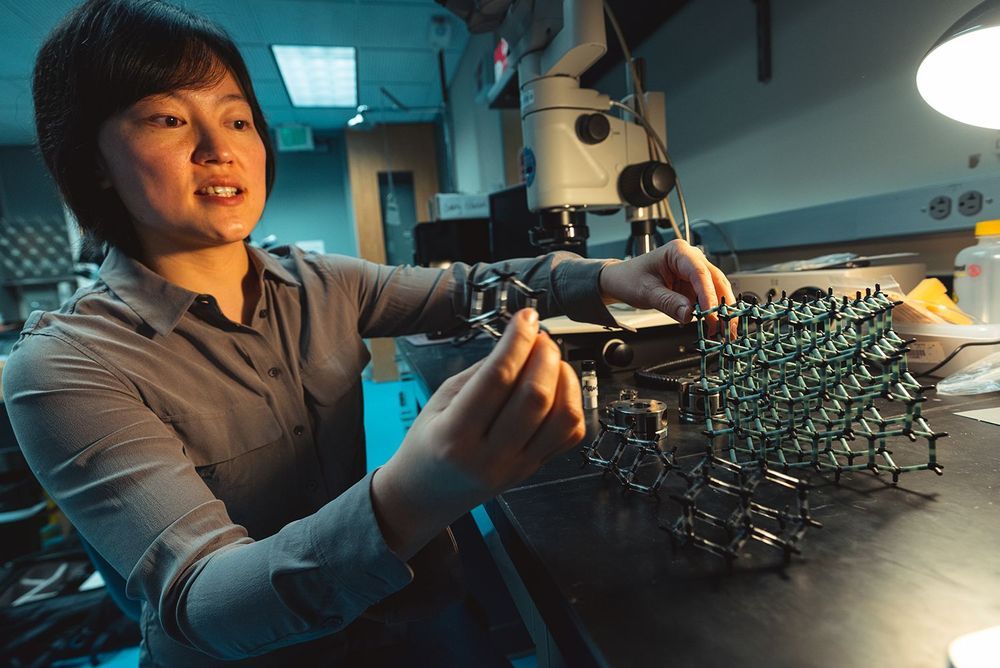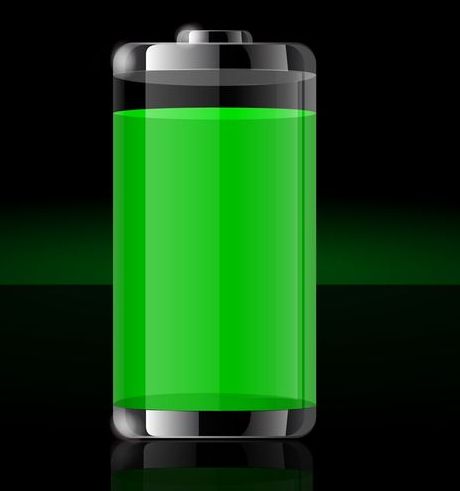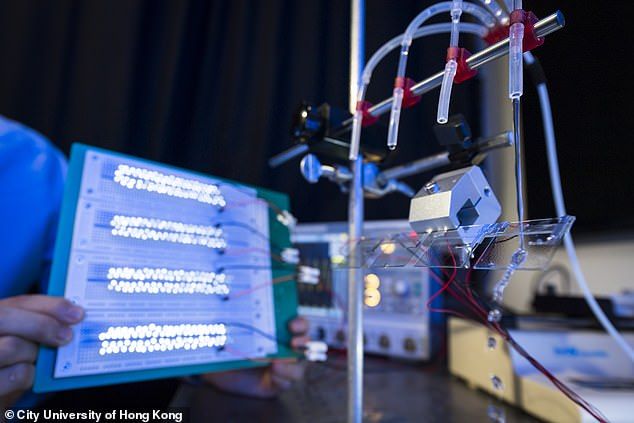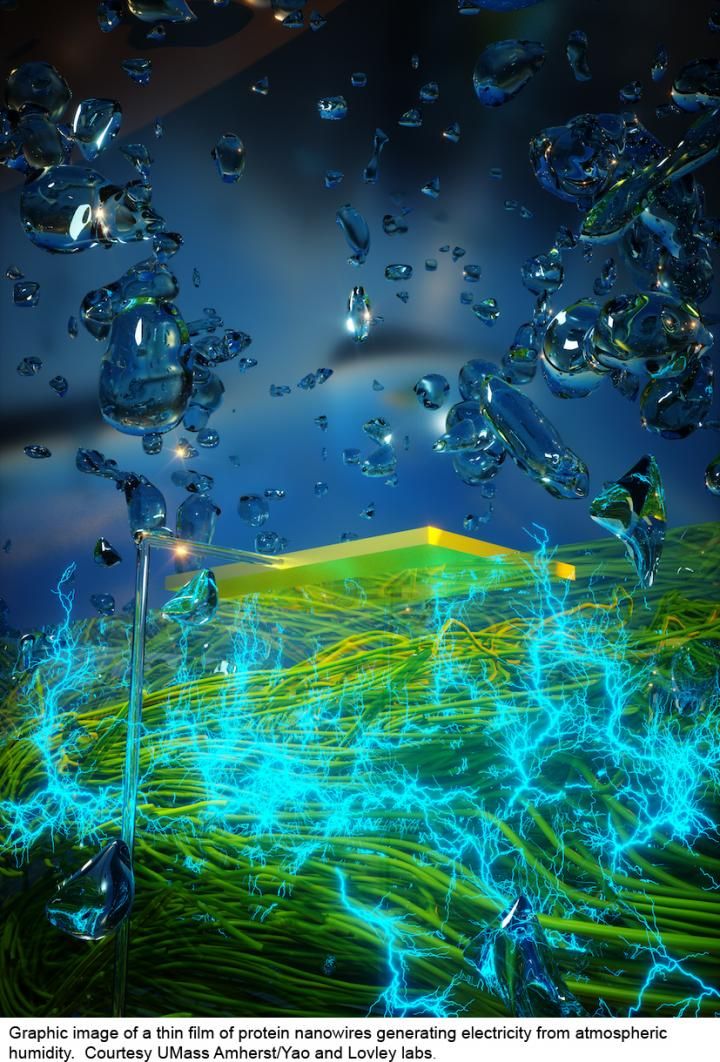CAPE CANAVERAL, Fla. (AP) — A communication satellite almost out of fuel has gotten a new life after the first space docking of its kind.



Research that investigates the mechanisms behind diamond formation, and uncovers new ways to produce synthetic forms of the unique stone, could mean big things, and not just for the coffers of jewelers around the world. A new type of artificial diamond developed by scientists at Stanford University sheds yet more light on this high-pressure production process, with a molecule found in crude oil and natural gas serving as their starting point.
Conventional diamonds take shape hundreds of miles beneath the Earth’s surface, under extreme heat and pressure that causes carbon to crystalize into the valuable stones. The ones we see above ground were shot upwards towards the surface through volcanic eruptions millions of years ago.
Scientists have spent decades tinkering with different ways to turn various materials into synthetic versions, with diamond giant De Beers even getting in on the act. These methods, however, have generally involved massive amounts of energy and require catalysts to trigger the transformation. The researchers at Stanford’s School of Earth, Energy & Environmental Sciences set out to find a simpler way of doing things.

Electric vehicle batteries have improved considerably in recent years, but their limited ability to store energy still keeps many people from giving up their gas-burning cars. That may be about to change, though, as a new anode material is said to offer a whopping four-fold increase in capacity.
Batteries incorporate two electrodes – an anode and a cathode – which ions travel between through an electrolyte. Among other things, the capacity of a battery is affected by the amount of electrons that are able to build up in the anode.
Typically, those anodes are made of graphite. According to scientists at the Korea Institute of Science and Technology (KIST), silicon offers 10 times the energy storage capacity of graphite, but it has one major disadvantage as an anode material – it swells up during the charge/discharge cycle, causing its surface to crack and its capacity to thus drop drastically.

An experiment by EPFL researchers has confirmed a theory that has been used in mechanics for over half a century—despite never having been fully validated. The team could now use the theory in bolder and more innovative ways in their quest to develop ever better energy systems.
Some theories are widely used even though they have never been experimentally validated. One example is the so-called narrow groove theory, or NGT, which explains how air-lubricated bearings work in mechanical systems.
The theory was proposed in 1965 but, until recently, it had only been tested partially or indirectly. Researchers at EPFL’s Laboratory for Applied Mechanical Design (LAMD), based at Microcity in Neuch tel, have now closed a gap that has persisted in the scientific literature for over 50 years. The team has published its findings in the journal Mechanical Systems and Signal Processing.

Earl Ammann and his ‘atmospheric generator’ powered car:
Denver Post — Monday, August 8, 1921 Denver Man Invents Generator That Takes Electricity From Air & Propels Automobile Believes He has Apparatus that will Revolutionize Power & Lighting & Gives it a Test on Streets of City.
Has an invention been made that will revolutionize the electrical world? Will the apparatus conceived by a Denver man light buildings, run automobiles, battleships, power plants by the unlimited supply of electricity in the air? Denver electrical experts say “yes”, and the young inventor, C. Earl Ammann, Monday demonstrated his invention by attaching it to an old automobile and running it about the city.

Violent Detonations
Engineers have long suspected such a design could revolutionize the fuel efficiency of modern engines, but until now, there was one major problem.
“We have tons of data about these engines, but we don’t understand what is going on,” Koch admitted.

This week the U.S. Patent and Trademark Office granted a patent to Amazon that covers “energy-efficient launch system for aerial vehicles,” meaning Amazon could be working on a way to fling your packages into the air—or space.
While at first a weird concept, it makes sense in context. This whip-like approach could shoot satellites into space as part of Amazon’s Project Kuiper low-Earth satellite constellation or Amazon drones that would zoom off to deliver packages.
We’ve reached out to Amazon for comment on the patent and we’ll update this story once we get a response.

Essentially based on myth the sirius cat people live here. O,.,o.
Sirius, Alpha Canis Majoris (α CMa), is the brightest star in the night sky and one of the nearest star systems to Earth. It has an apparent magnitude of −1.46 and lies at a distance of only 8.6 light years from the Sun. It is also known as the Dog Star, in reference to its position as the luminary of the constellation Canis Major, the Greater Dog.
Sirius appears so bright both because it is intrinsically luminous, with an energy output about 25.4 times that of the Sun, and because of its proximity to the solar system. However, compared to other bright stars like Rigel (120,000 solar luminosities), Betelgeuse (90,000 to 150,000 L☉) and Canopus (10,700 L☉), or even Arcturus (170 L☉) and Capella (78.7 L☉), Sirius is not exceptionally bright.
The Sirius star system is the fifth nearest star system to Earth and it contains two of the eight nearest stars. Alpha Centauri, the nearest star system to the Sun, lies at only half the distance (4.37 light years).